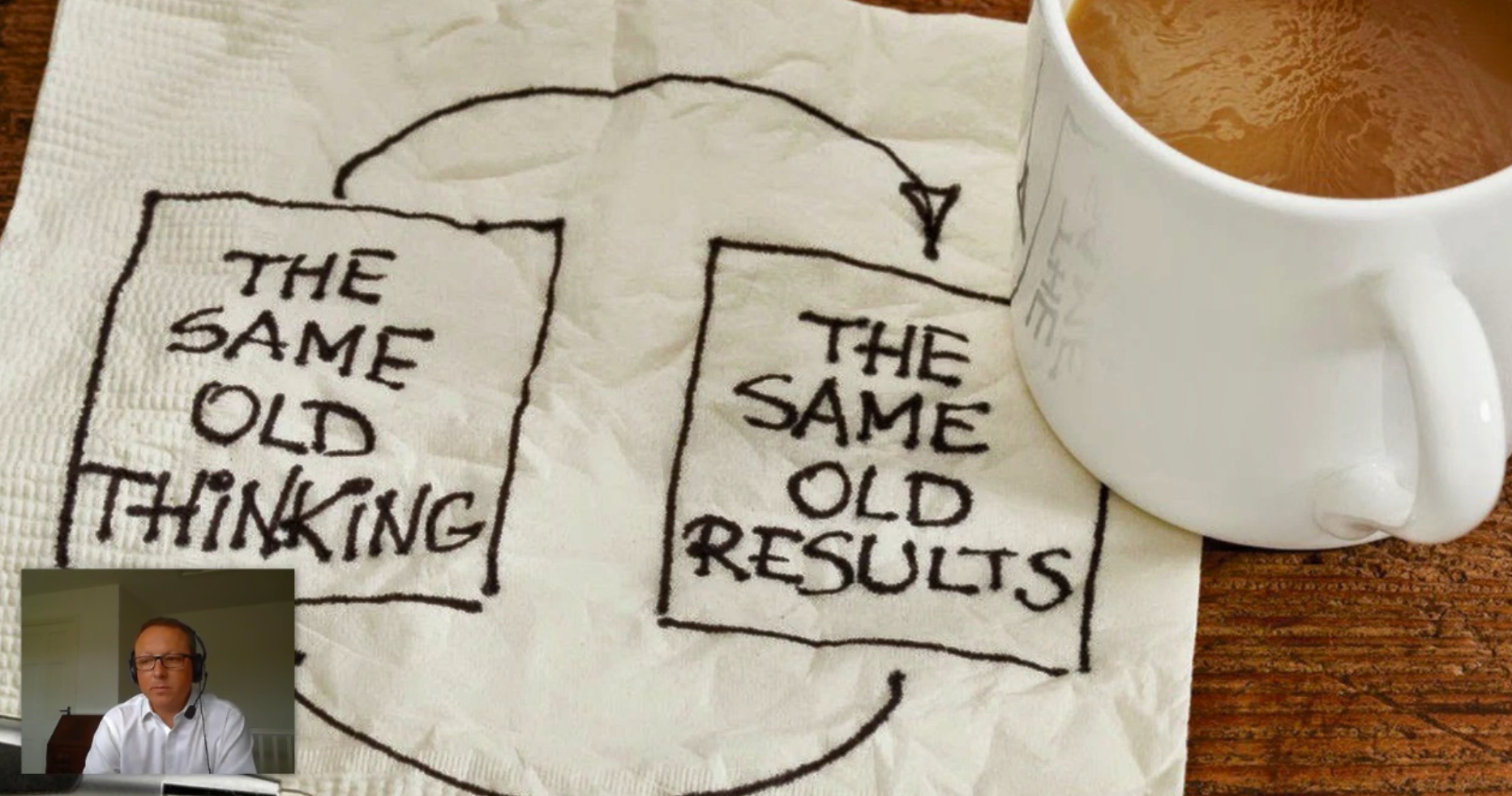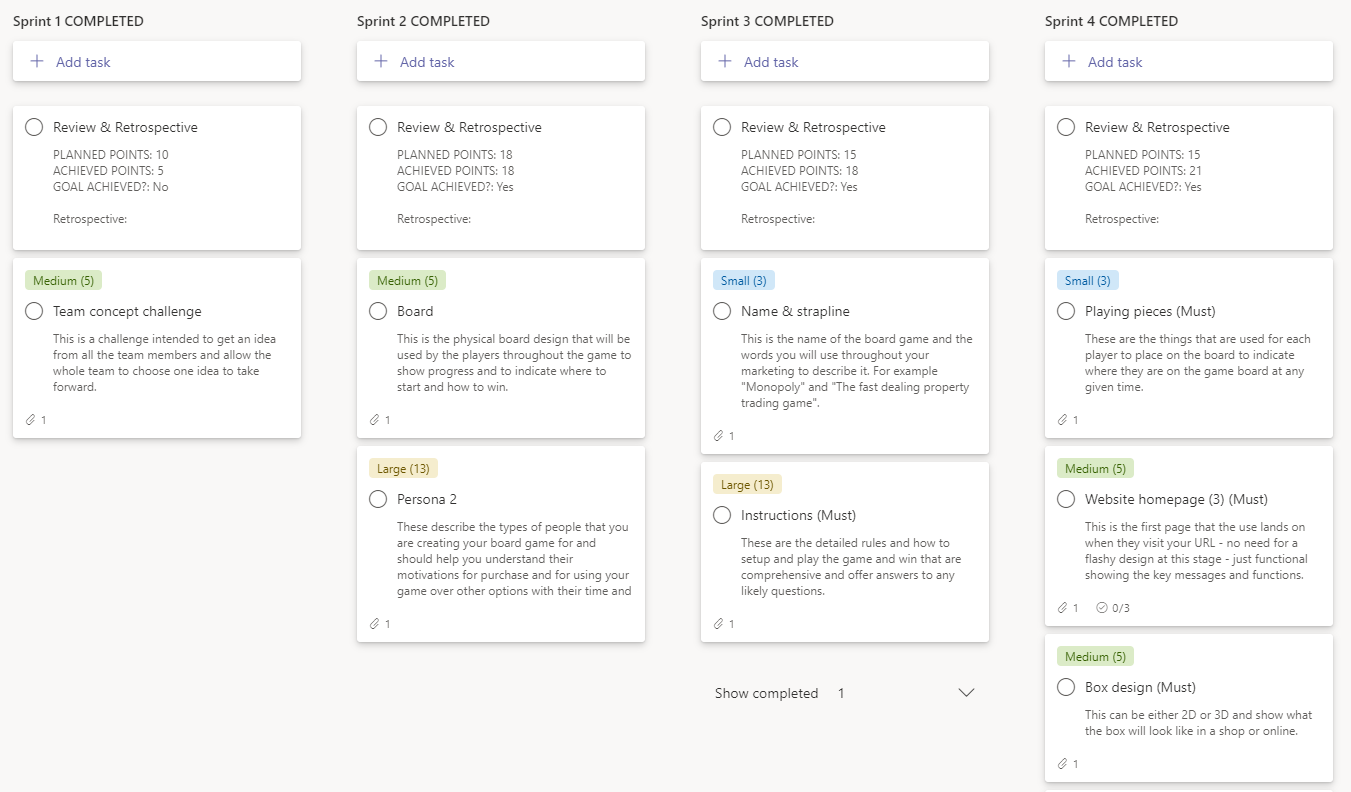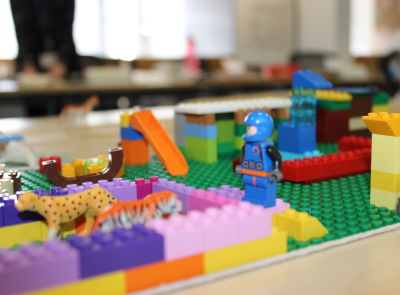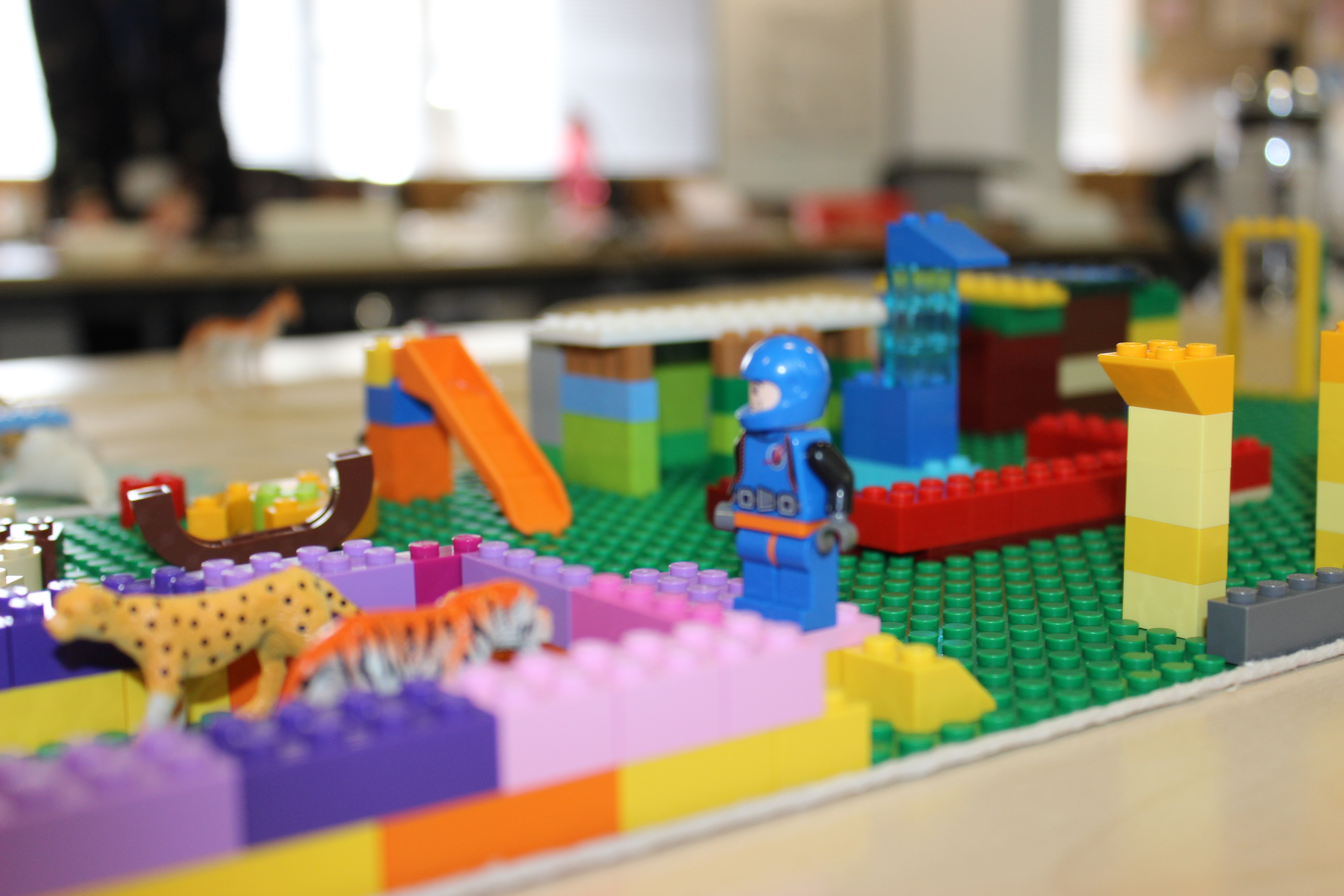If anyone follows me on LinkedIn you will know I have a passion for how the pharmaceutical industry can really benefit from embracing an agile mindset. I have published articles and blogs on the subject in publications such as Pharmafield.
Whilst my day job is running earthware, I have also devised a training experience to introduce agile to pharmaceutical professionals. Before lockdown I had been busy running a couple a month for 2-6 teams of around 4 people each. I try to maximise learning through doing, making the training interactive through a series of sprints where you design and build a LEGO® zoo.
Then lockdown happened. Now, I may be a digital guy and have lots of clever techies in earthware but there is no easy way to play with LEGO together in a ‘stay at home’ environment. Yes, I know there are Minecraft-like solutions but Microsoft paid $2.5b for that and I didn’t have that kind of budget!
However, what lockdown created was a sudden upturn in pharmaceutical professionals wanting to look at new ways of working with agile. I was asked whether I could run the agile workshop completely online and with six teams in parallel - all in two weeks. Never one to shirk a challenge, I agreed.
Did it work? It was not without its challenges, and we learned on the journey, but I can say confidently that the online training was just as effective as the in-person delivery and our attendees agreed, scoring the question “How would you rate the agile training?” an average of 4.7 out of 5!
In fact, since lockdown we have run more agile training workshops than ever before. One major gain is that I always had to be part of the delivery with the earthware team supporting me with larger groups. Now, any one of eight of the earthware team could deliver the training to an excellent standard without me being there.
I thought it might be useful to share some discoveries on how to take an experiential learning, that worked in person and move it to be online-only. Here are five top tips:
Don’t tweak, reimagine
One of the strengths of the workshop is it isn’t built around content, but it is built around specific learning points that are delivered through the experience. The LEGO was never the most important bit, nor the posters, or the slides. It was always the learning points. Rather than deliver the same slides online, we went back to the framework and then built the experience up from there, with an objective to bring the learning points to life and deliver them in the most impactful way and certainly no less powerful than when we were in the room.
Rehearse
Given the tight timescale we could have easily used the excuse that we didn’t have enough time to rehearse or to make changes. However, my team are great and I got six of them to volunteer to offer me an evening to test the new delivery out as long as I paid for takeaway pizzas to each of their homes (I definitely got the best end of that deal!). We discovered some very fundamental issues that would have been difficult to find out without a rehearsal (like how challenging it was to keep bringing multiple teams together and send them away again for activities). With only two working days left, we bit the bullet and changed some fundamentals. I recorded all the ‘together’ sessions on video over a whole Sunday, which meant we had no reason to bring the teams together and they could all run independently at their own pace.
Use videos wherever possible
I know some people hate presenting at the front of a room but I have never been one of them. I love an audience and I get a lot of energy from interacting with a live group. However, delivering online is different and I would recommend that you video rather than present the upfront, together pieces. In the online world, there is very little difference to seeing a face on a screen talking pre-recorded than seeing a face on the screen live. In fact, by recording each of the segments you can remove the waffle and make them shorter, script them to keep the language tighter and rerecord them if you get them wrong.

Make it so anyone can deliver it
The other big plus of recording lots of smaller video segments is that other members of the team who are great facilitators, but are less comfortable presenting, can deliver the training as they can play the videos for some parts and facilitate others. I have had to provide training (which is also recorded now so I don’t have to train newer team members) and write some notes and scripts but our capacity to deliver agile experiences to clients has gone up dramatically.
Be pragmatic about the technology
Our biggest headache for the first time out wasn’t the delivery, it was with the tool we chose and the onboarding. We wanted to use some really cool interactive whiteboard technology with interactive Kanban boards and creative spaces. The tool we used was a Miro board. However, the truth was that as delegates had never registered on Miro before and never used it before, the first half an hour was taken up by getting everyone on board and then running ice breakers to help them understand how to use the platform. It was just too long and the onboarding overhead didn’t justify the time investment. It may have been really cool but one of my clients said “It’s a great course and the learning points are the most important bit – can’t you just use Microsoft Teams and PowerPoint as all my team know how to use those?”. She was indeed right and so that’s what we now do.

Allow more time in a second language
One of the biggest lessons, and one that took a lot longer to learn, is that the biggest downside of online versus in person training is the challenge of delivering in someone else’s second language. We have delivered a lot to global and European teams and noticed that when you are co-located, if they miss some language, idioms, slang or nuances then they can often pick up the meaning through intonation and body language. In the online world this is more challenging and we have had to learn that teams learning in a second language need more time and will go slightly slower (and that that’s OK!).
If you are planning on taking a workshop and delivering it remotely I hope these tips will help. But if you are a pharmaceutical professional and looking for an experiential online agile training then please get in touch. Hopefully I will be able to do the LEGO version in parallel one day too. Oh, and we also do agile coaching if you are interested. Find out more about our agile training.



